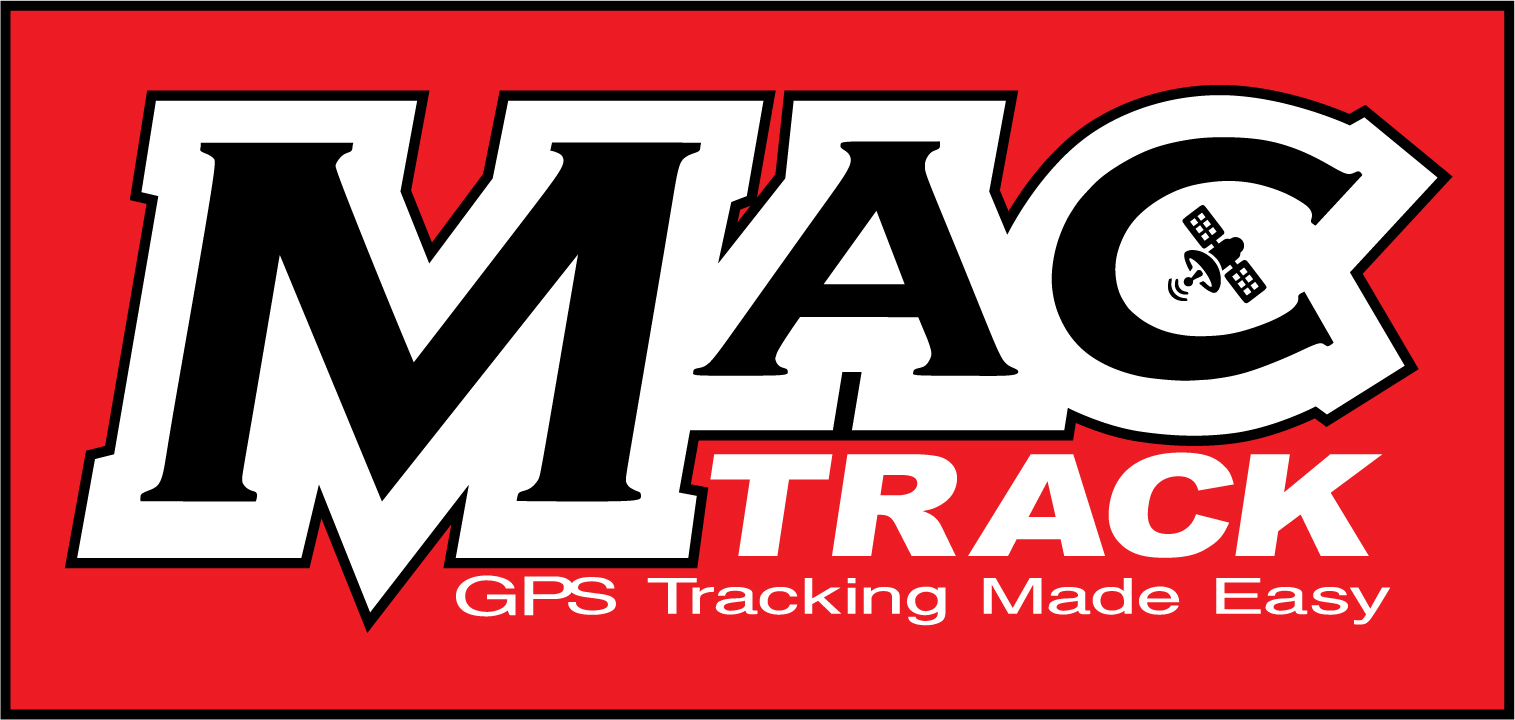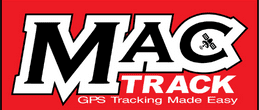Enhancing Efficiency and Safety: Fleet Tracking for Heavy Equipment
In the dynamic industries of construction, mining, and transportation, the effective management of heavy equipment fleets is essential for optimising productivity, ensuring safety, and minimising operational costs. Fleet tracking solutions, powered by advanced GPS technology, have become indispensable tools for businesses operating in Australia and New Zealand. Among the leading providers in the region, MacTrack GPS stands out for its comprehensive services tailored to the unique challenges of heavy equipment fleet management.
The Importance of Fleet Tracking
For businesses involved in services like mining, construction or transportation, efficient management of heavy equipment directly contributes to meeting project timelines and client expectations. Reliable and well-maintained equipment enhances customer satisfaction and builds a positive reputation in the industry.
Fleet tracking involves monitoring the location, status, and performance of heavy equipment in real-time. This technology provides fleet managers with valuable insight into their operations, enabling them to make informed decisions that can positively impact efficiency, safety, and overall business performance. Let’s take a closer look.
Optimising Operations
In the fast-paced world of construction, mining, and transportation, the effective deployment of heavy equipment is crucial for operational efficiency.
- Real-Time Visibility: Fleet tracking provides real-time visibility into the location and status of heavy equipment. This feature allows fleet managers to monitor the precise whereabouts of each asset. They are then able to make informed decisions regarding deployment. Whether managing a mining operation or a transportation fleet, the ability to track assets in real-time is invaluable. It ensures that equipment is in the right place at the right time.
- Reducing Downtime: One of the primary benefits of fleet tracking is the reduction of downtime. Knowing the exact location of heavy equipment, fleet managers can optimise routes and schedules, minimising unnecessary delays. A proactive approach to deployment ensures that equipment is utilised to its total capacity. This contributes to increased operational efficiency and, ultimately, cost savings.
- Enhancing Productivity: Fleet tracking solutions go beyond simple location tracking; they provide a comprehensive view of equipment performance, including data on fuel consumption, engine hours, and other vital metrics. Through analysis of this information, fleet managers can identify patterns and trends that may impact productivity.
- Streamlining Workflows: User-friendly platforms offered by fleet tracking are designed to simplify workflows for fleet managers. The interface allows for the simultaneous tracking of multiple assets. This capability is particularly beneficial in large-scale operations where managing numerous pieces of heavy equipment is complex. MacTracks’s intuitive design ensures fleet managers can quickly and efficiently allocate resources and respond to changing conditions.
- Efficient Resource Allocation: Fleet tracking solutions empower fleet managers with the tools needed for efficient resource allocation. Managers can assess the real-time status of each asset and identify equipment that may be underutilised or overused. This optimises the use of heavy equipment and ensures that resources are allocated where they are needed most, contributing to a more cost-effective and agile operation.
Fuel Efficiency
Heavy equipment consumes a significant amount of fuel, and fuel costs represent a substantial portion of operational expenses.
- Monitoring Fuel Consumption: Heavy equipment is notorious for its substantial fuel consumption, making fuel costs a significant portion of operational expenses. Fleet tracking offers a comprehensive approach to monitoring fuel consumption patterns across the fleet. Managers gain real-time insights into fuel usage, allowing them to understand each piece of equipment’s efficiency.
- Route Optimisation: One of the critical features of fleet tracking solutions is route optimisation with the platforms suggesting the most efficient routes for heavy equipment by analysing historical data and current traffic conditions. This minimises travel time and reduces fuel consumption by avoiding congested or suboptimal routes. This strategic approach ensures that fuel is utilised judiciously, contributing to cost savings and operational efficiency.
- Idle Time Tracking: Idle time is a silent contributor to excessive fuel consumption, fleet tracking combats this by meticulously tracks the idle time of each piece of heavy equipment, offering a detailed breakdown of when and where equipment remains inactive. Fleet managers can use this information to identify operational bottlenecks, implement targeted training for operators, and optimise workflows.
- Sustainable Operations: Beyond cost savings, the emphasis on environmental sustainability is a driving force in adopting fuel efficiency measures. Fleet tracking solutions are crucial in supporting businesses’ commitment to sustainable practices. By minimising fuel consumption through route optimisation and idle time tracking, companies contribute to a greener operation.
Maintenance Planning
Timely maintenance is crucial for the longevity and reliability of heavy equipment.
Equipment Usage Insights: Fleet tracking offers a comprehensive view of equipment usage patterns. This gives fleet managers insights into how each piece of heavy machinery is used. By tracking metrics such as engine hours, workload, and operational conditions, businesses gain a detailed understanding of the demands placed on their equipment. This data forms the foundation for informed decision-making regarding maintenance.
Proactive Maintenance Schedules: With access to real-time data on equipment usage and performance, fleet managers can implement timely maintenance schedules. Traditional approaches rely on maintenance triggered by breakdowns or malfunctions, while proactive planning allows potential issues to be addressed before they escalate. Fleet tracking facilitates the creation of customised maintenance calendars, ensuring that each piece of equipment undergoes timely servicing and repairs.
Predictive Analytics: Fleet tracking from leading providers leverages predictive analytics to forecast potential maintenance needs. These platforms can predict when specific components will require attention by analysing historical data, equipment performance metrics, and wear and tear patterns. This foresight enables businesses to minimise the impact of maintenance activities on operational productivity.
Lifespan Extension: The proactive approach facilitated by fleet tracking directly extends heavy equipment’s lifespan. Regular maintenance, performed at optimal intervals based on usage data, prevents the accumulation of wear and tear that can lead to major breakdowns. By addressing issues in their infancy, businesses are able ensure that their equipment operates at peak performance for extended periods. This maximises the return on investment and reduces the frequency of costly replacements.
Mitigating Unexpected Breakdowns: One of the most significant advantages of proactive maintenance planning is the mitigation of unexpected breakdowns. Fleet tracking empowers businesses to identify potential issues. They can schedule maintenance during planned downtime and replace worn-out components before they fail. This minimises the risk of unexpected disruptions to operations and reduces the associated challenges of emergency repairs.
Enhancing Safety
Safety is a top priority in industries that rely on heavy equipment. A proactive approach is needed to prevent accidents and ensure the well-being of operators.
Geofencing for Precision Monitoring: Geofencing, (a cutting-edge feature in fleet tracking solutions), allows businesses to establish virtual boundaries around specific areas or work zones. This capability serves as a digital perimeter, enabling fleet managers to monitor equipment movements precisely. Geofencing ensures that heavy equipment stays within predefined boundaries, whether it’s a construction site, a mining operation, or any designated workspace.
Unauthorised Usage Prevention: Geofencing is pivotal in preventing unauthorised equipment usage. Fleet managers can set up geofences to align with the boundaries of the assigned work area. An immediate alert is triggered if a piece of equipment deviates from the predefined zone. This proactive measure not only deters potential theft but also safeguards against the unauthorised operation of heavy machinery by unauthorised personnel, reducing the risk of accidents and ensuring compliance with safety protocols.
Real-Time Alerts for Immediate Response: Real-time alerts represent a cornerstone of safety enhancement in fleet tracking solutions. Fleet managers receive immediate notifications when specific events occur, such as equipment leaving a designated area or exceeding speed limits. These alerts empower managers to respond swiftly to potential safety breaches, initiating actions to prevent accidents before they occur. The speed and responsiveness of real-time alerts contribute to a safer working environment for both operators and bystanders.
Operator Accountability and Training: Fleet tracking provides a wealth of data regarding operator behaviour, including information on speed, route adherence, and adherence to safety protocols. By leveraging this data, fleet managers can identify areas for improvement, conduct targeted training sessions, and reinforce safety best practices. The accountability fostered by this data-driven approach contributes to a safety culture and reduces accidents caused by human error.
Compliance with Regulations: In safety-conscious industries, compliance with regulations is paramount. Fleet tracking solutions facilitate compliance by providing accurate and real-time data on equipment movements and usage. This information is invaluable for audits and regulatory reporting, ensuring that businesses adhere to safety standards and demonstrate a commitment to the well-being of their personnel and the broader community.
Fleet Tracking Ith MacTrack
Fleet tracking for heavy equipment is a game-changer for industries in Australia and New Zealand, and MacTrack is at the forefront of this providing innovative solutions. By leveraging advanced GPS technology, businesses can optimise operations, enhance safety, and ultimately achieve a competitive edge in their respective industries.
MacTrack understands that each business has unique requirements. Our team works closely with you to develop customised fleet tracking for your specific challenges and goals.
As heavy equipment continues to play a vital role in the growth of these economies, investing in reliable fleet tracking becomes imperative for sustained success and operational excellence. So, if you’re interested in fleet-tracking your heavy equipment, it’s time to contact us!

